Golf 2.0 - A Blueprint For A Better Game
Fergus Bisset describes a hypothetical world in which GM is given a blank sheet of paper and the opportunity to design golf from scratch.


Fergus Bisset describes a hypothetical world in which GM is given a blank sheet of paper and the opportunity to design golf from scratch.
Golf 2.0 - A Blueprint For A Better Game
Golf has been played on these isles for at least 550 years. There’s a reason for its longevity – it’s a fantastic sport.
But, like anything growing to a ripe old age, golf has developed its idiosyncrasies over the centuries.
Changing society and culture have influenced the game over a long time and, although we relish golf’s rich history, there are elements of the sport, embedded over years, that don’t quite align with today’s world.
While in lockdown waiting to get back on the course, the Golf Monthly team put its heads together and pondered the question: if we had a blank canvas and could design golf from scratch, what would the sport look like?
Here, we consider our ‘Golf 2.0’.
Get the Golf Monthly Newsletter
Subscribe to the Golf Monthly newsletter to stay up to date with all the latest tour news, equipment news, reviews, head-to-heads and buyer’s guides from our team of experienced experts.
First of all, it should be noted that we (as you would expect) like golf a great deal, so would change little with regards the fundamentals of the game.
The objective of hitting a ball from one point to another, eventually finding the bottom of a small cup, would remain.
What we’re really considering here are the ancillary elements of golf – the playing fields, the formats and the attitudes within the sport.
What courses would Golf 2.0 be played on? How would it be played at different levels? And what would we do to make the sport popular?
Golf courses
Over the centuries, the golf courses in the UK and Ireland have evolved from rudimentary routes between two points to manicured, sculpted layouts on links, park and heath.
The path to the current standard for a course was hugely influenced by early pioneers like Old Tom Morris, who carved out holes through the natural terrain at Prestwick – just 12 of them at first.
St Andrews had 22, which became 18... which became the norm.
In the modern world where time is precious, 18 holes is simply too time consuming for many people.

Starting from scratch, 18 holes would not be a requirement.
The number of holes would simply be dictated by the space available – why not have a truly magnificent five-hole course?
If there’s space for more (18, say), three loops of six holes starting and finishing at a central clubhouse would be the aim. Then one can opt to play six, 12 or 18 depending on timings.
The loop order would be rotated on a daily basis, so those who only ever want to play six would experience each loop.
Courses would be built with environmental sustainability in mind, and from the outset would be considered as nature sanctuaries as well as sporting arenas – an approach that would sit well with the wider public.
The varying style and character of courses around the world is one of the sport’s great qualities and this would, of course, remain.
Golf 2.0 courses would sit naturally within their surroundings, whether on the coast, through forests or in the mountains, and today’s great course designers would still lead the way.
Grassroots golf clubs
We think clubs would still be the beating heart of Golf 2.0.
As it stands in golf today, many of our clubs remain a throwback to a bygone age.
Although most have made efforts to move in line with the modern world, few have managed to throw off all the old-school shackles holding them down.
Starting from scratch, the clubs of Golf 2.0 would seek to replicate the success found by gyms and leisure clubs in recent times.
Open and inclusive with family membership offerings, our clubs would be modern and welcoming for all, delivering facilities appealing to a broader spectrum of the population, male and female.
We wouldn’t simply have a course attached to a bar and a bacon roll seller.
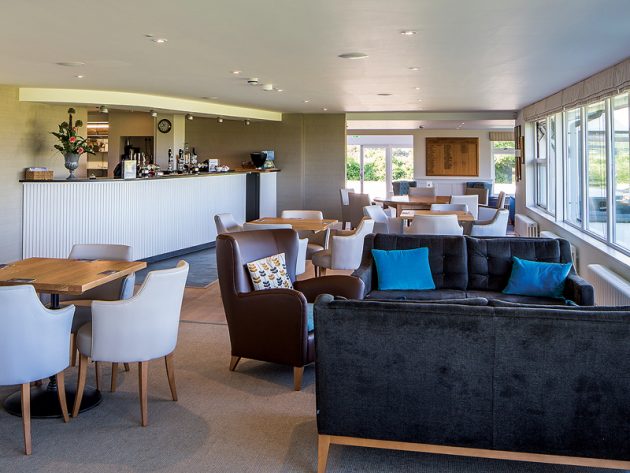
There would be no such thing as a dress code to provide a stick with which to beat our sport. We know that people take pride in their appearance and like to dress well in whatever style they choose.
With the chance to start anew, Golf 2.0 clubs would consider having a gym or spa on site, tennis courts, maybe a swimming pool...
Yes, we’d still have the bar! But we’d also have family friendly cafes and seating areas, quiet areas where people could work, areas for kids to play and teenagers to meet up.
There would be a more significant initial outlay, but it’d be a far more sustainable long-term model offering something for all.
Growing the game
Currently, there are two groups we feel are woefully under-represented in golf – women and juniors. This is how we’d rectify it.
For Golf 2.0 to have a future, it would need to appeal to the younger generation.
Getting into golf needs to be fun. Junior programmes at all of our hypothetical clubs would be staffed by enthusiastic young professionals delivering a range of classes displaying all the great things about the sport, from both the playing and the social side.

Clubs would make use of simulators to set up fun target-practice games, have designated times when the juniors head out on the course (but no restrictions at other times), encourage kids to get together at the club for parties or lunches and hand out prizes left, right and centre for inspiration – everything possible to make the game appeal to the youngsters.
To make Golf 2.0 appeal to more women and girls, we’d have no such thing as the outdated, second-tier ladies’ section. Women would be equally represented at all levels of club life and within the running of Golf 2.0 generally.
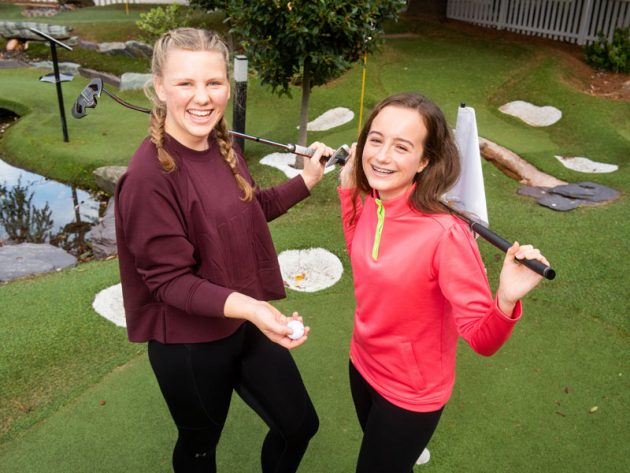
We’d look to have female coaches and coaching programmes to inspire newcomers, more mixed competitions and social events for better integration within the membership and we’d lay out and decorate clubhouses with a view towards appealing to both sexes, not just old men!
We’d also have creche facilities at every club so young mothers or fathers could enjoy a game, a lesson or a catch-up with friends in the clubhouse.
The rules of golf
It’s unarguable that the rules of golf are pretty complicated.
They have evolved from the original 13 that were drawn up some 250 years ago and now fill a pretty decent-sized book.
Owing to the length and detail of our current laws, many are put off the game.
Wouldn’t it be great to get back to a point where we have a rudimentary set of rules that fit on a single piece of paper?
That would make golf so much easier to understand for those outside the sport, or those just starting out in the game.
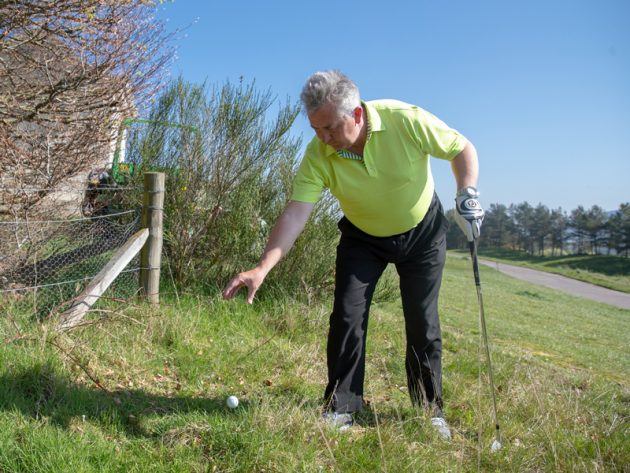
In the world of Golf 2.0, we’d simplify the rules for amateurs as far as possible to essentially state: tee off from the designated area, play the ball as it lies until it’s in the designated cup and count the number of strokes.
When it comes to equipment, we’d have separate regulations for professionals and amateurs, with the latter being far more relaxed to allow club-level players to get the very maximum out of the game.
Casual play
‘Ready golf’ would certainly be the norm.
There would be no honour system and no remnants of it as there are now.
When ready, and if polite to do so, Golf 2.0 players would bat on.
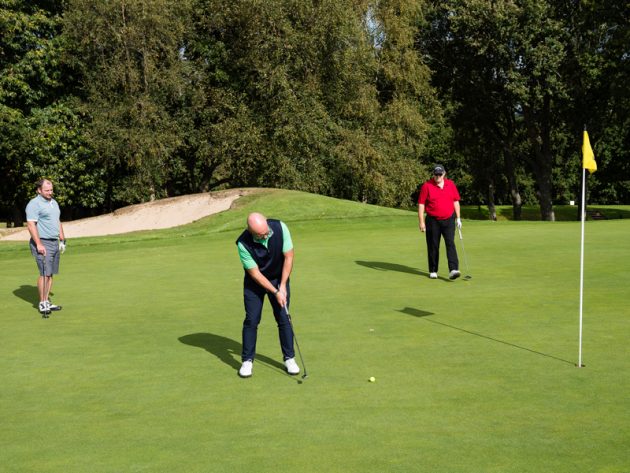
Where possible, tees would always be adjacent to the previous green to further facilitate a fast pace of play.
There would be far more focus on a points-based scoring system (okay, we’ll just borrow Stableford).
It would be the established norm in club golf and, as such, people would have a better understanding of when to pick up and admit defeat – again a boost for pace of play.
The professional game
We’d have fewer 72-hole strokeplay events in Golf 2.0.
There would still be a selection of Major tournaments that would sit above the others in terms of significance.
As this is hypothetical we can do what we like, so we’d still have The Masters, The Open and the US Open, but we’d have created venues that possess the necessary infrastructure to run concurrent tournaments, allowing men, women and seniors to compete at the same time, as we see at tennis events like Wimbledon.

There would be full equality, with equal prize money for men and women.
Below the four or five annual Majors, we’d have a wide variety of formats in the pro game on a unified World Tour – shoot outs, match play events and team events, many of them mixed. But there wouldn’t be something on every week.
We’d want the best players at each of these events, so they’d need some time off.
We would, of course, keep the Ryder and Solheim Cups!
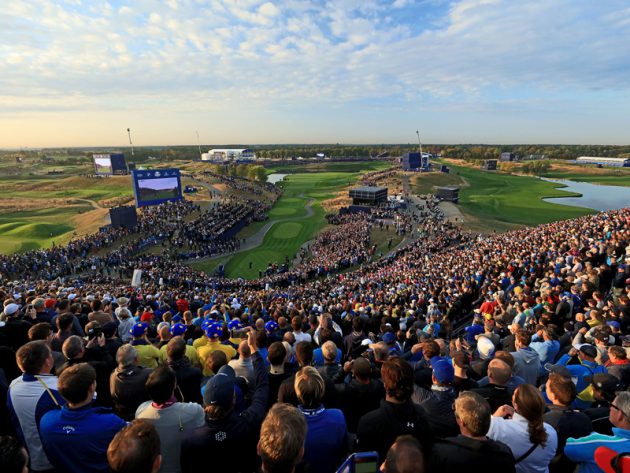
We’d also look to mix things up to ensure all golfing skills are tested – there would be events in which players are only allowed to carry eight clubs, ones where they aren’t allowed caddie advice or DMDs and so on.
Some weeks the onus would be on shot-making, the next on strategy and course management.
The world ranking would be organised to reflect a player’s abilities across the skill sets.

At a level below the elite, there would be more focus on domestic professional circuits to encourage competition and inspire the youth at a grass-roots level.
Each club would host a Pro-Am annually that would take place over a few days, with the professionals conducting workshops and junior coaching sessions.
This would be funded by professional associations and governing bodies, with the pros acting as golfing ambassadors.
They’d play competitively for money to a certain extent, but would also receive monies to teach and spread the word about the game.
In the pro game, slow play would receive short shrift. In any of the main events, it’d be two bad times and a shot penalty – no exceptions.
A brave new world
The world of Golf Monthly’s Golf 2.0 will retain all that is best about our game – the integrity of participants, the challenges, the beauty and variety of courses and the thrill of competition.
But the game would be more in line with modern thinking, more inclusive, more sustainable and more appealing to the younger generations.
Many throughout world golf are currently making a concerted effort to move our sport in this direction, and change is happening.
But golf is a stubborn, 550-year-old mule and it will take quite a bit of coaxing and tugging to move it to a fresh pasture.

Fergus is Golf Monthly's resident expert on the history of the game and has written extensively on that subject. He has also worked with Golf Monthly to produce a podcast series. Called 18 Majors: The Golf History Show it offers new and in-depth perspectives on some of the most important moments in golf's long history. You can find all the details about it here.
He is a golf obsessive and 1-handicapper. Growing up in the North East of Scotland, golf runs through his veins and his passion for the sport was bolstered during his time at St Andrews university studying history. He went on to earn a post graduate diploma from the London School of Journalism. Fergus has worked for Golf Monthly since 2004 and has written two books on the game; "Great Golf Debates" together with Jezz Ellwood of Golf Monthly and the history section of "The Ultimate Golf Book" together with Neil Tappin , also of Golf Monthly.
Fergus once shanked a ball from just over Granny Clark's Wynd on the 18th of the Old Course that struck the St Andrews Golf Club and rebounded into the Valley of Sin, from where he saved par. Who says there's no golfing god?
-
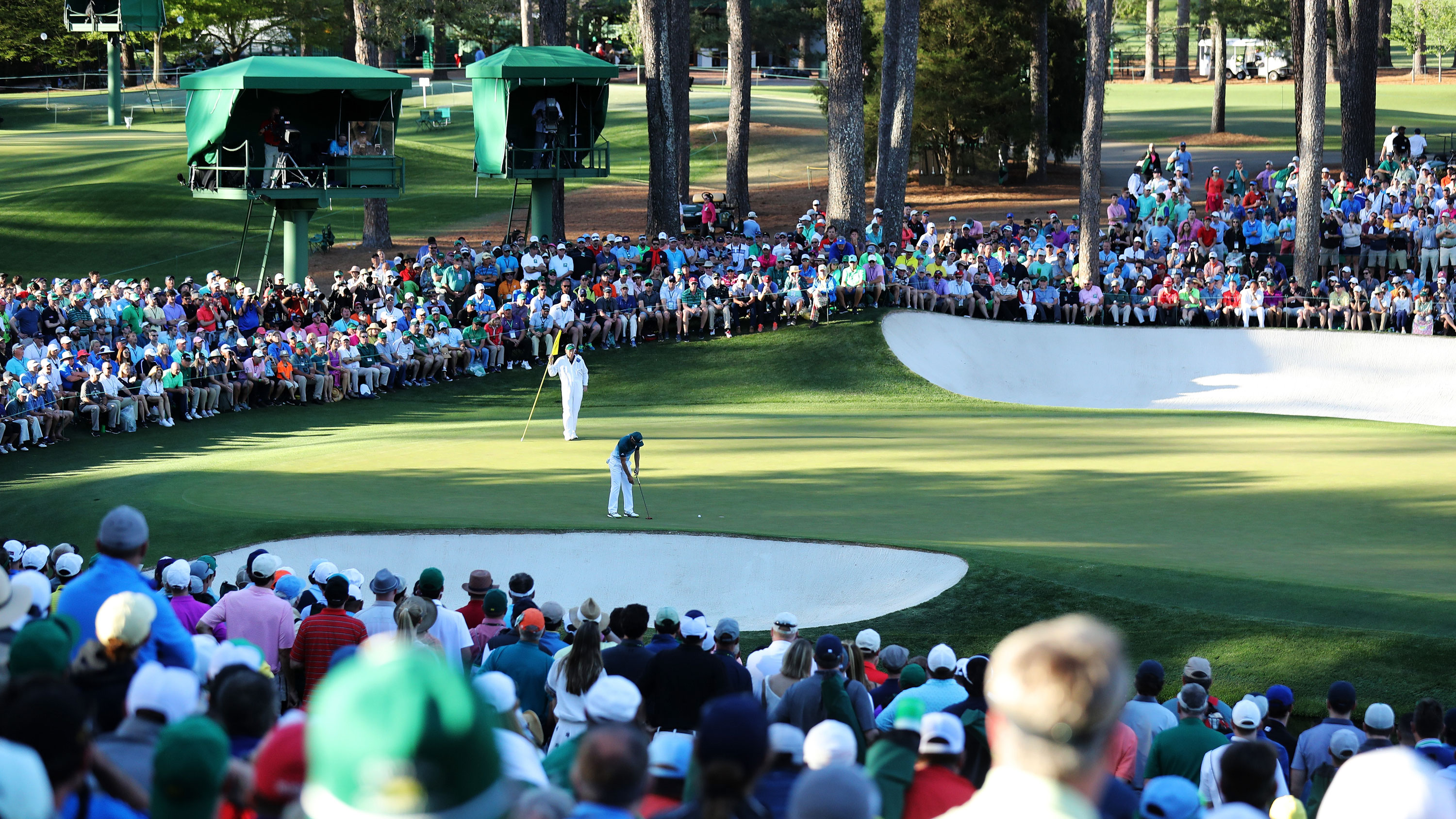 Dear Masters Tournament Committee: Please Change The Final-Round Pin Positions On 16 And 18
Dear Masters Tournament Committee: Please Change The Final-Round Pin Positions On 16 And 18The back nine at Augusta National on Masters Sunday is scintillating, but I’ve been campaigning for different pin positions on 16 and 18 for years...
By Nick Bonfield Published
-
 Why Does Rory McIlroy Have A Dog Headcover For His Driver?
Why Does Rory McIlroy Have A Dog Headcover For His Driver?The much-loved St. Bernard has travelled the world with McIlroy several times over
By Michael Weston Published
-
 Should Juniors Play In Adult Club Competitions?
Should Juniors Play In Adult Club Competitions?All golf clubs should be working hard to attract and retain junior golfers but is allowing them to play in adult competitions a good way to do it?
By Fergus Bisset Published
-
 Should Clubs Offer Free Membership For Juniors?
Should Clubs Offer Free Membership For Juniors?Fergus Bisset and Jeremy Ellwood take on each side of the argument.
By Fergus Bisset Published
-
 10 Things Clubs Can Do To Encourage More Junior Golfers
10 Things Clubs Can Do To Encourage More Junior GolfersJunior golfers are the game's next generation, so it's important that your club is welcoming them in the right way...
By Gary Munro Published
-
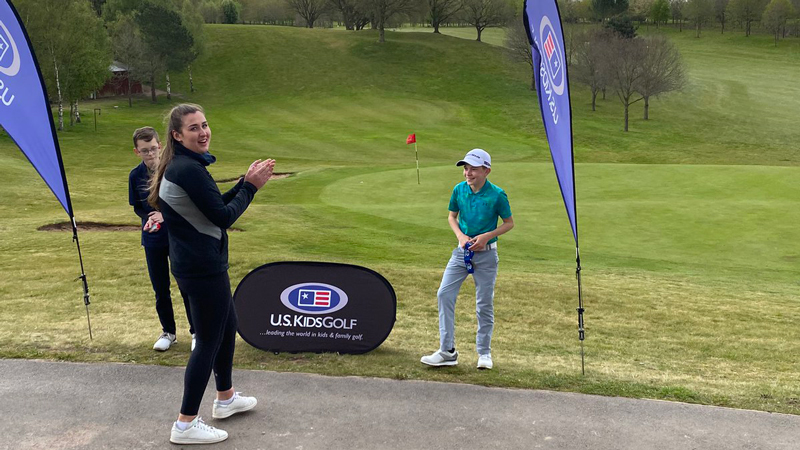 How PGA Pros Are Nurturing The Next Generation Of Golfers
How PGA Pros Are Nurturing The Next Generation Of GolfersWe speak to two PGA pros to hear how they're getting the next generation engaged with the game...
By Robin Barwick Published
-
 Why Volunteers Are The Lifeblood Of Golf Clubs
Why Volunteers Are The Lifeblood Of Golf ClubsWithout volunteers, golf clubs would not be able to offer some of their much-loved sessions
By Robin Barwick Published
-
 How Volunteers Are Helping To Shape The Game Of Golf
How Volunteers Are Helping To Shape The Game Of GolfGolf's grass roots would not be the same without its volunteers...
By Robin Barwick Published
-
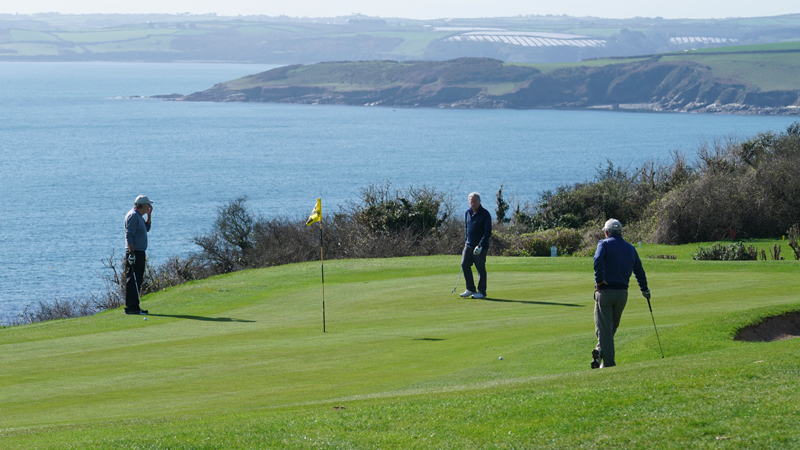 Are Five-Day Golf Memberships A Good Idea?
Are Five-Day Golf Memberships A Good Idea?Do they offer flexibility or just a discount for the time-rich?
By Fergus Bisset Published
-
 Why Golf Is Great Through Every Decade
Why Golf Is Great Through Every DecadeFergus Bisset examines why golf remains great through the decades of life and what can be done to enhance the experience further.
By Fergus Bisset Published